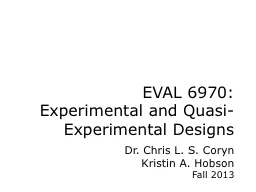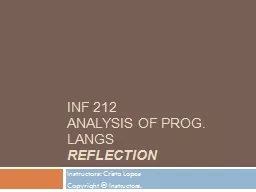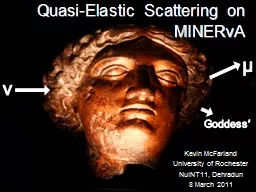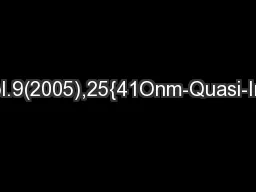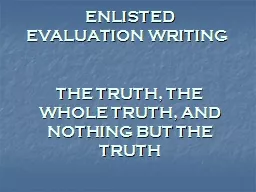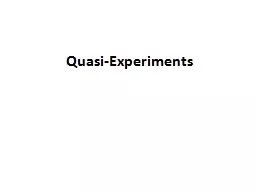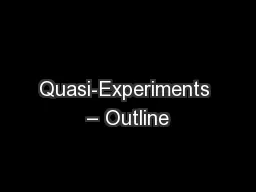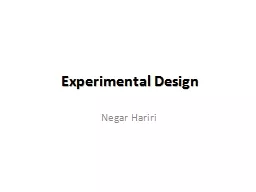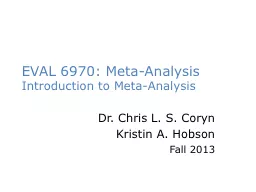PPT-EVAL 6970: Experimental and Quasi-Experimental Designs
Author : maniakti | Published Date : 2020-06-16
Dr Chris L S Coryn Kristin A Hobson Fall 2013 Agenda Course overview Introductions Course pretest examination Discussion and questions Course Material Website
Presentation Embed Code
Download Presentation
Download Presentation The PPT/PDF document "EVAL 6970: Experimental and Quasi-Experi..." is the property of its rightful owner. Permission is granted to download and print the materials on this website for personal, non-commercial use only, and to display it on your personal computer provided you do not modify the materials and that you retain all copyright notices contained in the materials. By downloading content from our website, you accept the terms of this agreement.
EVAL 6970: Experimental and Quasi-Experimental Designs: Transcript
Download Rules Of Document
"EVAL 6970: Experimental and Quasi-Experimental Designs"The content belongs to its owner. You may download and print it for personal use, without modification, and keep all copyright notices. By downloading, you agree to these terms.
Related Documents

